Introduction:
Modern dentistry propels each day and comes up with new interventions, and Stem cells in oral surgery are one of them. It promotes angiogenesis—the formation of new blood vessels—which improves oxygen and nutrient delivery to surgical sites, speeding up recovery and reducing complications. It is both unique and transformational, making it the best of both worlds. From having healing properties to being accurate with accessing sources like the mandible or maxillary tuberosity, they can do it all. Let’s explore more in the following article.
The promise of stem cells in oral surgery
1. An overview
At a glance, if you watch closely, stem cells in oral surgery are a trailblazing dental efficacy that promotes healing. It accelerates tissue regeneration by differentiating into bone and soft tissue cells, making them invaluable for procedures like dental implants and periodontal repair. While this is unique and is in resonance with the patient’s recovery process, you need a professional ballpark figure.
2. Key techniques used in stem cells in oral surgery
Here are some of the key tools used in the process
Scaffolds- these are bioactive scaffolds and are used as frameworks to guide cell growth and produce functional tissue in place.
Cell printing—these are advanced techniques, like three-dimensional cell printing, that are being developed to create complex tissues.
Gene delivery—gene delivery methods are also able to explore influencing cell behavior, which can help promote regeneration.
Biomimetic Scaffolds—These scaffolds mimic the natural environment of the cells to promote directed differentiation into specific tissue types.
3. How does Dr. Smile stand out?
Dr. Smile is the name you can lean on. With well-versed professionals like general, emergency, and dental implant specialists in San Pedro, who have a wealth of experience operating in multiple areas like Lomita, San Pedro, Orange County, and Newport Beach, it makes all dental progression propelled and easy to navigate. Therefore, gone are those days when you had to rely on primitive methods, and why would you when modern efficacies are on the go?
Stem cells in oral surgery—the ultimate breakthrough in modern dentistry.
Here are some of the reasons that testify to the relevance of stem cells in oral surgery
1. Tissue regeneration
This is one of the cardinalities of this advanced technology; that is, it can differentiate into various cell types to form new bone, known as osteogenesis. It further helps in soft tissues, which repair the defects caused by any trauma or surgery. Suggestively, when the factors and regenerative attributes are retrieved from the body, it is bound to cause the patients some pain. No need to worry; Dr. Smile, a Sedation Dentistry provider in Newport Beach, is always there to help you. Here are certain conditions where sedation is a mandate
The extraction is generally done from bone marrow from the iliac crest or sternum, which requires general anesthesia.
Adipose tissue, during the procedure, is collected from “liposuction,” which may involve local anesthesia.
Here, you have to understand that the sole aim and purpose of it is to give you comfort and save you from operative pain and swelling.
2. The regenerative theory
Stem cells in oral surgery involve the use of undifferentiated and unspecialized cells, which are blanks that can be developed into another type of cell.
It has a great impact on the regenerative and healing ability of the body, as it lets in grafted bone and soft tissue bone in the body.
In addition, in the musculoskeletal field, stem cell therapy can stimulate the formation of new bone, cartilage, tendon, ligaments, fat, and fibrous connective tissue.
3. Harvesting and preservatio
Dentists often extract teeth that are rich in stem cells, like deciduous teeth or baby teeth, during planned procedures.
The pulp from these teeth is then processed to isolate and store them in cells, often through cryopreservation, making them relevant for future use.
Stem cells in oral surgery are relevant in tooth regeneration. This is an ongoing process where our research team is examining and studying the possibility of growing entire new teeth in the laboratory by culturing dental stem cells. One can say that these can offer a potential solution for tooth loss due to injury or congenital issues.
Dr. Smile takes pride in their team of dental implant specialists in San Pedro and other care units who have not only achieved successful results but also swear by this technology for treating issues like dental implants, corrective jaw surgery, wisdom teeth extraction, dental bone grafting, and oral pathology.
4. Ideal for treating several dental issues
While there are endless dental problems that people face, there are multiple solutions, but what would the scenario be if there were a one-stop solution? Yes, Stem cells in oral surgery are effective in treating issues like
Dental implants have become a standard procedure for substituting lost teeth, but the effectiveness of implants is often dependent on the amount and quality of the bone in the jaw.
Stem cells can improve bone regeneration at the implant site, improving the success rates of implant surgeries.
In addition to tissue regeneration, stem cells can be utilized in the treatment of temporomandibular joint (TMJ) conditions.
TMJ disorders impact the joint that links the jaw to the cranium, leading to pain, dysfunction, and difficulty with movement.
Conclusion
Stem cells in oral surgery are reshaping the landscape of oral surgery by accelerating tissue regeneration, reducing inflammation, and improving long-term outcomes. When integrated into surgical protocols, stem cells derived from dental pulp, periodontal ligaments, or oral mucosa offer targeted healing potential that conventional treatments cannot match. However, the success of these regenerative procedures is closely tied to the role of anesthesia.
Frequently asked questions:
Q. Is stem cell therapy covered by dental insurance?
Answer: Coverage varies widely. While some insurers may cover stem cell-enhanced procedures if deemed medically necessary, others may consider them experimental. It’s best to consult your provider and ask your Dental Implants specialist in San Pedro for documentation to support your claim.
Q. Are stem cell treatments safe for oral surgery patients?
Yes, Stem cells in oral surgery are generally considered safe, especially when using adult stem cells from dental tissues. Clinical trials are ongoing to confirm long-term safety and effectiveness, but early results are promising with minimal risk of rejection or complications
Q. Can stem cells be used in all types of oral surgery?
Not yet. Stem cell therapy is most commonly applied in procedures involving bone regeneration, soft tissue repair, and dental implants. However, as research progresses, more Dental implant specialists in San Pedro and oral surgeons are exploring its use in broader surgical contexts, including TMJ disorders and cleft palate repair.
Q. How long does recovery take after stem cell-assisted oral surgery?
Recovery times vary depending on the procedure and individual health. However, stem cell therapy typically shortens healing periods and reduces postoperative discomfort compared to traditional methods.
Q. Are there age restrictions for stem cells in oral surgery?
Generally, stem cell therapy is safe for adults of all ages. Pediatric use is more limited and typically reserved for specific congenital conditions. Your oral surgeon will evaluate your health history to determine suitability.
Q. How does a Sedation Dentistry provider in Newport Beach use sedation techniques to support stem cell-based healing during oral surgery?
A skilled Sedation Dentistry provider in Newport Beach plays a crucial role in this process by offering personalized sedation options that minimize stress and optimize the biological conditions for stem cell integration. Whether through oral sedation, IV sedation, or nitrous oxide, these providers ensure a calm, controlled setting that enhances healing outcomes and patient comfort
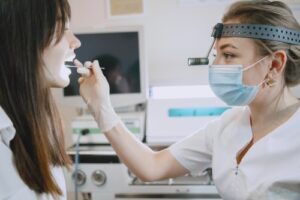
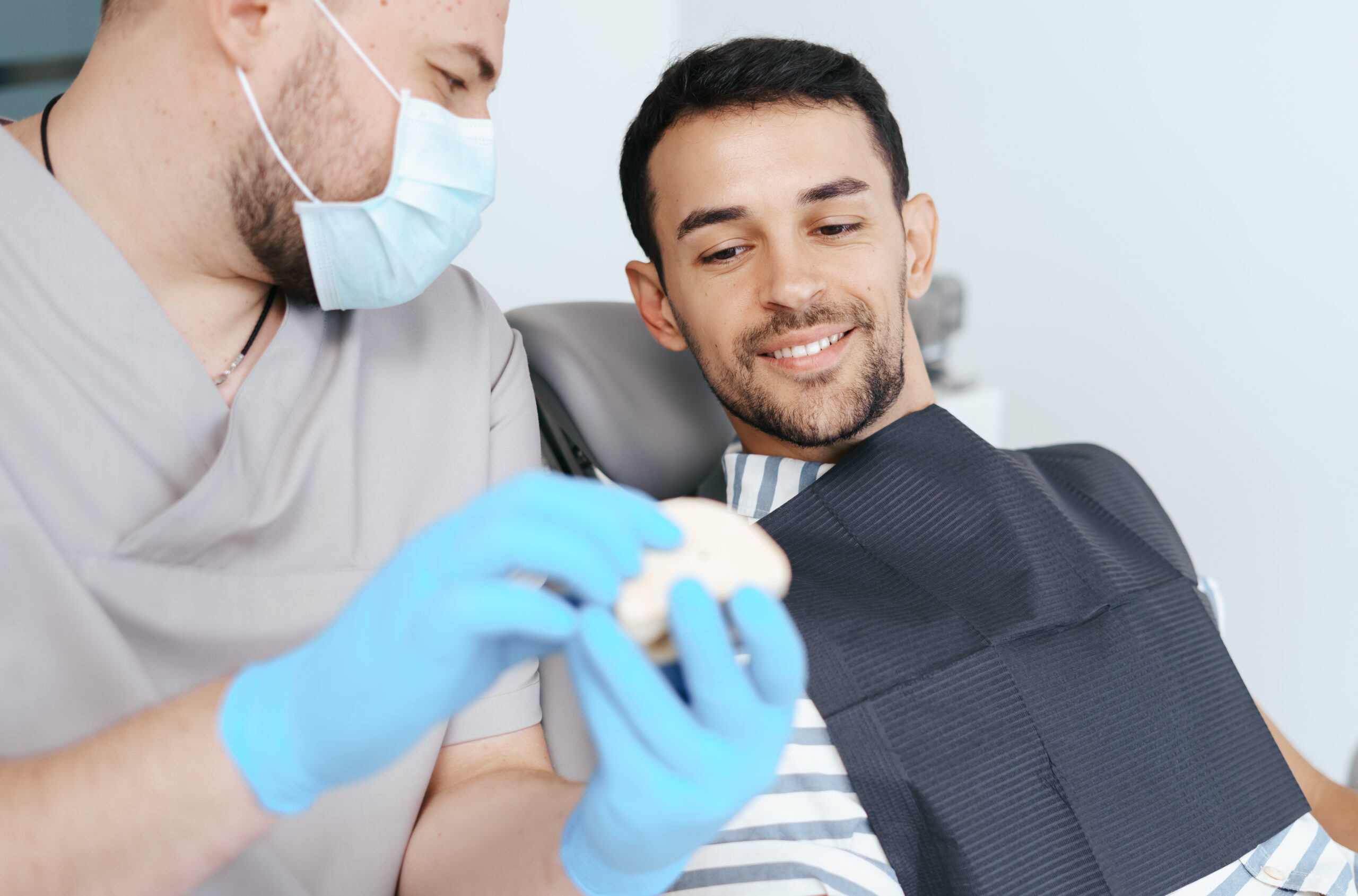


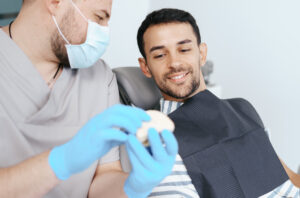
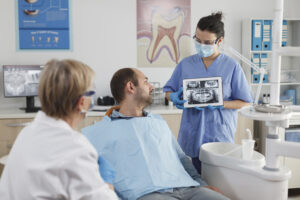
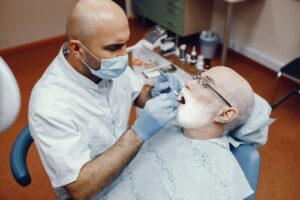
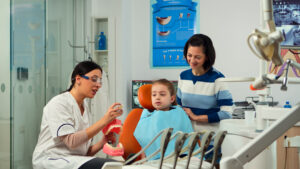

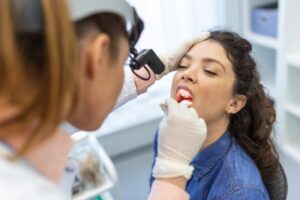


Leave a Reply